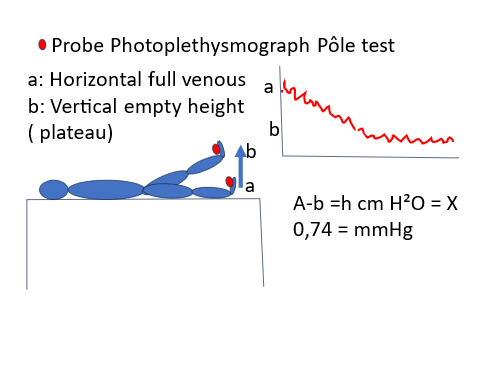In contemporary medicine, accurately measuring venous pressure is crucial for understanding and treating venous insufficiency. Through various techniques, including Doppler and Photoplethysmography (PPG), medical professionals can better devise treatment plans to address patients’ venous drainage obstacles.
Application of Doppler Technology in Venous Pressure Measurement
The use of Doppler technology for measuring venous pressure is immensely beneficial when determining the presence of significant obstacles to venous drainage. Whether these obstacles are located in the venous path between the ankle and the heart, or are due to heart failure, accurate measurement is essential. By employing a lying position for the measurement, we can eliminate the impact of gravitational pressure, measuring only the residual pressure. This method can be invasive or performed using Doppler and can be conducted both at rest and after exercise. For an introduction to measuring venous pressure using Doppler, refer to these YouTube videos:
Advantages of Photoplethysmography (PPG)

PPG, as a technique for measuring venous pressure, boasts simplicity and applicability, especially for upper limb measurements, which is particularly useful for anesthesiologists. By placing a PPG probe on the foot and slowly raising the patient’s leg, we can observe the residual venous pressure corresponding to the plateau where the curve’s descent stops.
The Impact of Hydrostatic Pressure Concept Degradation on Exercise Measurements
When measuring venous pressure at the ankle during exercise, we must consider the degradation of the dynamic fractionation of hydrostatic pressure concept and the potential added obstructive effect. However, if we assume that treatment will be decided based on each patient’s specific clinical presentation for the same hemodynamic disorder, precise measurement might not be absolutely necessary.
Discussion on the Venous Medicine Community and the CHIVA Concept
We must remain open to learning and studying different viewpoints and methodologies. However, the problem within the venous medicine community lies in some groups’ closed-off attitude towards differing opinions and scientific errors. The CHIVA concept, rooted in a deeper understanding of venous pathophysiology, requires effort and humility to grasp.
This comprehensive exploration underscores the significance of venous pressure measurement in addressing venous insufficiency, offering insight into the practical applications of Doppler and PPG technologies in clinical settings.